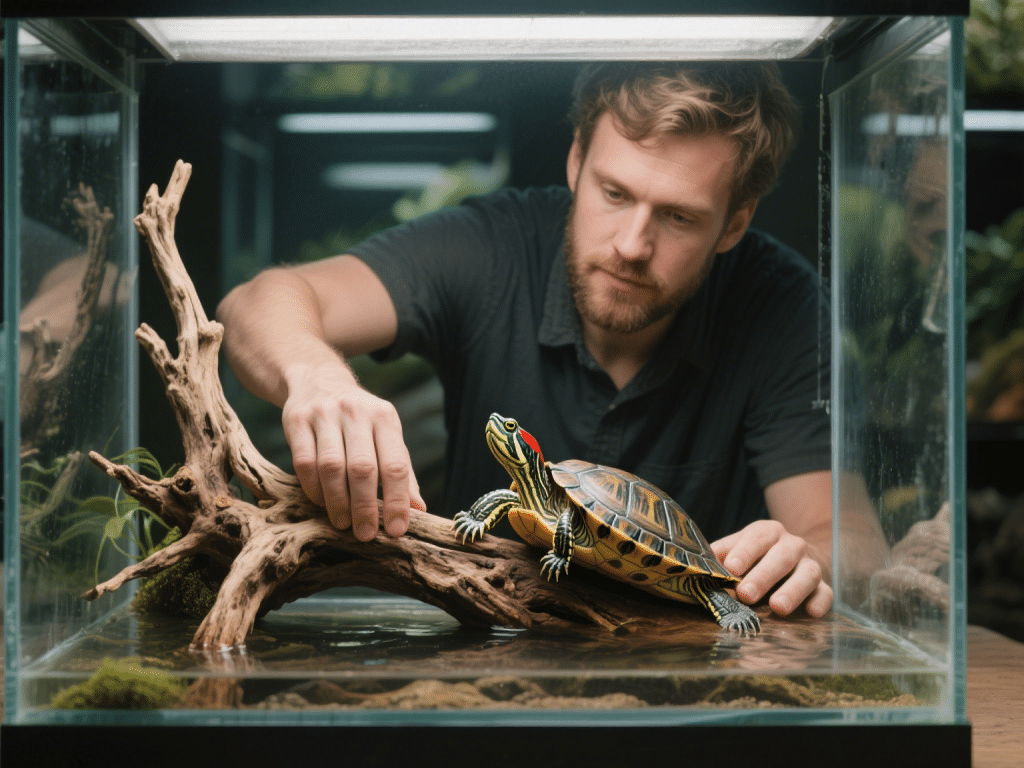
Creating the Perfect Aquatic Habitat for Your Red-Eared Slider
Having kept and bred red-eared sliders for over a decade, I can attest that their health h...
Separation anxiety affects many dogs, causing distress when left alone. Symptoms include excessive barking, destructive behavior, and house soiling. Creating a safe, structured environment can reduce anxiety and help your dog remain calm during solo periods. This guide outlines causes, signs, and proven strategies to support dogs with separation anxiety.
Behavioral Indicators:
Vocalization: Prolonged barking or howling when separated.
Destruction: Chewing furniture, doors, or window sills.
Elimination: Urinating or defecating indoors despite being house-trained.
Timing: Symptoms appear shortly after the owner departs and subside upon return.
Rescue or Rehomed Dogs: History of abandonment or multiple rehoming can exacerbate fear of being left alone.
Change in Routine: Moving, new family members, or altered schedules can trigger anxiety.
Owner-Dependent Dogs: Pets that follow owners everywhere may lack coping skills for solitude.
Short Departures: Begin with leaving the house for 30 seconds to 1 minute, gradually increasing the time over weeks.
Neutral Cues: Avoid dramatic goodbyes; keep departures and arrivals low-key to minimize excitement.
Counter-Conditioning: Offer a special toy or treat that appears only when you leave to foster positive associations.
Crate Training: Use a spacious, comfortable crate if your dog finds it reassuring. Leave the door open initially and place toys and bedding inside to create a positive impression.
Designated Room: For dogs uncomfortable in crates, select a secure room with minimal hazards. Include a cozy bed, water bowl, and safe chew toys.
Soothing Environment: Soft music or white noise can mask outdoor sounds; consider a pheromone diffuser to calm nerves.
Interactive Toys: Puzzle feeders or Kong toys stuffed with peanut butter slow consumption and provide mental stimulation.
Exercise Before Departures: A 20–30 minute walk or play session tires the dog, making them more likely to rest during your absence.
Training Games: Incorporate basic commands (sit, stay) and reward sessions to build confidence and reduce anxiety.
Consistent Schedule: Feed, walk, and train at the same times daily to establish predictability.
Visual Timers: Display a clock or use scheduled lighting to signal when you’ll return, helping dogs anticipate your arrival.
Short Leave Rituals: Develop a brief “leave” routine—grab keys, pick up bag, and briefly step out—so your dog learns departure cues gradually.
Behavioral Consultation: A certified canine behaviorist can design a personalized plan, including desensitization protocols and reward systems.
Medication Options: In severe cases, veterinarians may prescribe anti-anxiety medications or supplements (e.g., fluoxetine, trazodone) to support behavioral therapy.
Doggy Daycare or Pet Sitter: Provide companionship during work hours to reduce long periods of solitude.
Video Recording: Use cameras to observe behavior when you’re away; note any reduction in vocalization or destruction.
Journal: Track duration and severity of anxiety signs, adjusting strategies based on improvement.
Rewards for Success: Celebrate small victories—if your dog remains calm for five minutes, reward with praise or a treat on your return.
Canine separation anxiety can be managed with patience, structure, and positive reinforcement. By creating a comfortable safe space, offering mental and physical enrichment, and seeking professional guidance when needed, you’ll help your dog cope successfully with being alone, fostering a secure and confident companion.

Having kept and bred red-eared sliders for over a decade, I can attest that their health h...
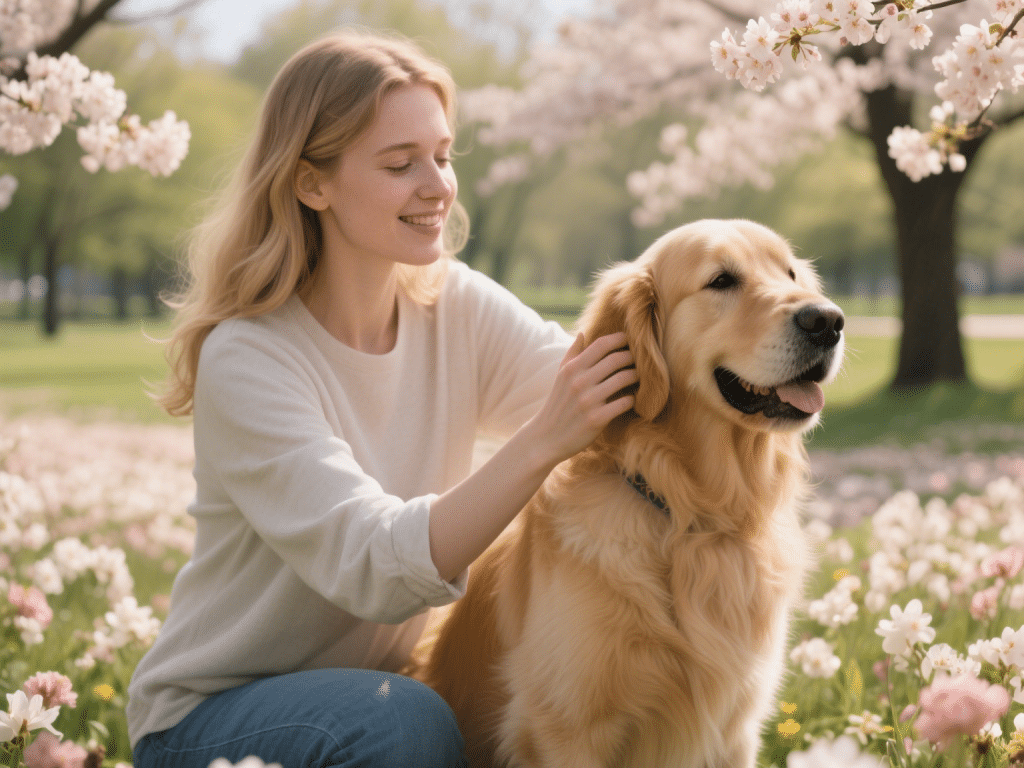
As the seasons shift, so does the pollen count—and just like humans, dogs can suffer fro...
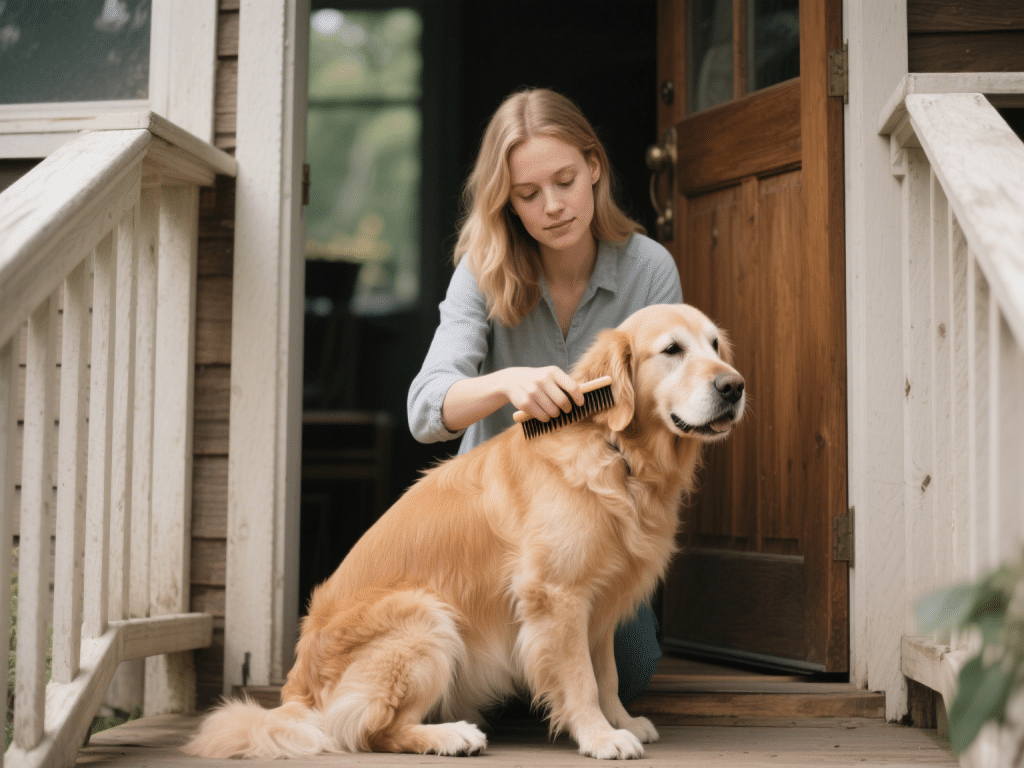
As a seasoned pet blogger with over a decade of experience in feline behavior, I’ve guid...
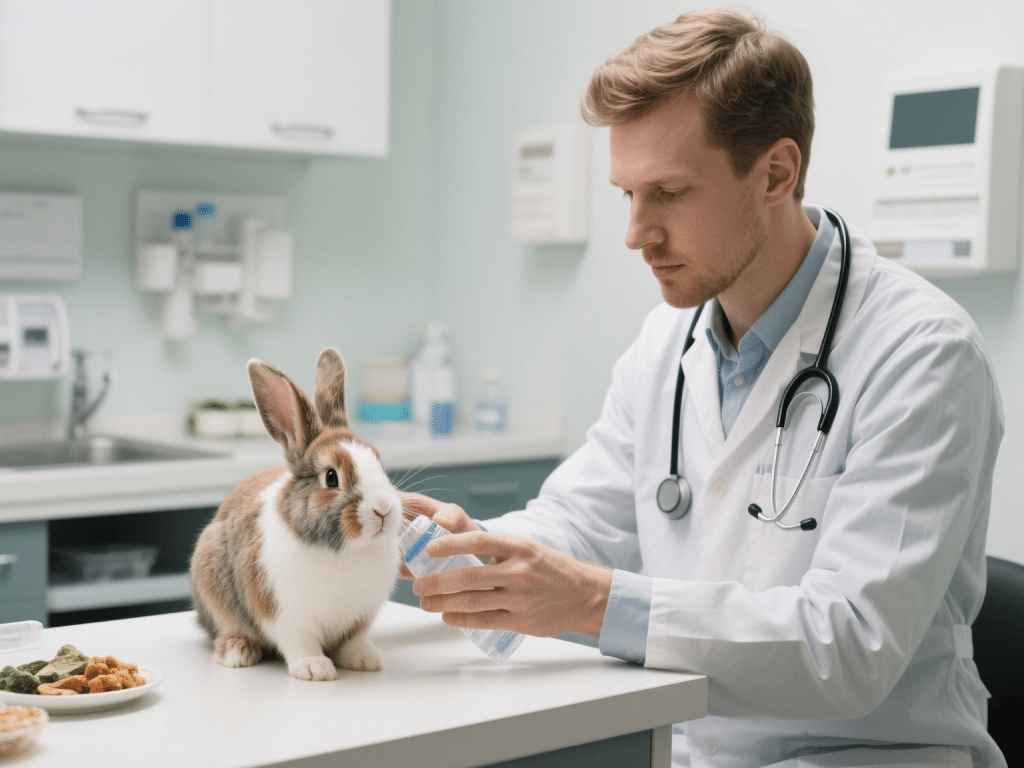
Urinary calculi—bladder stones—are a common issue in male rabbits, causing straining, ...
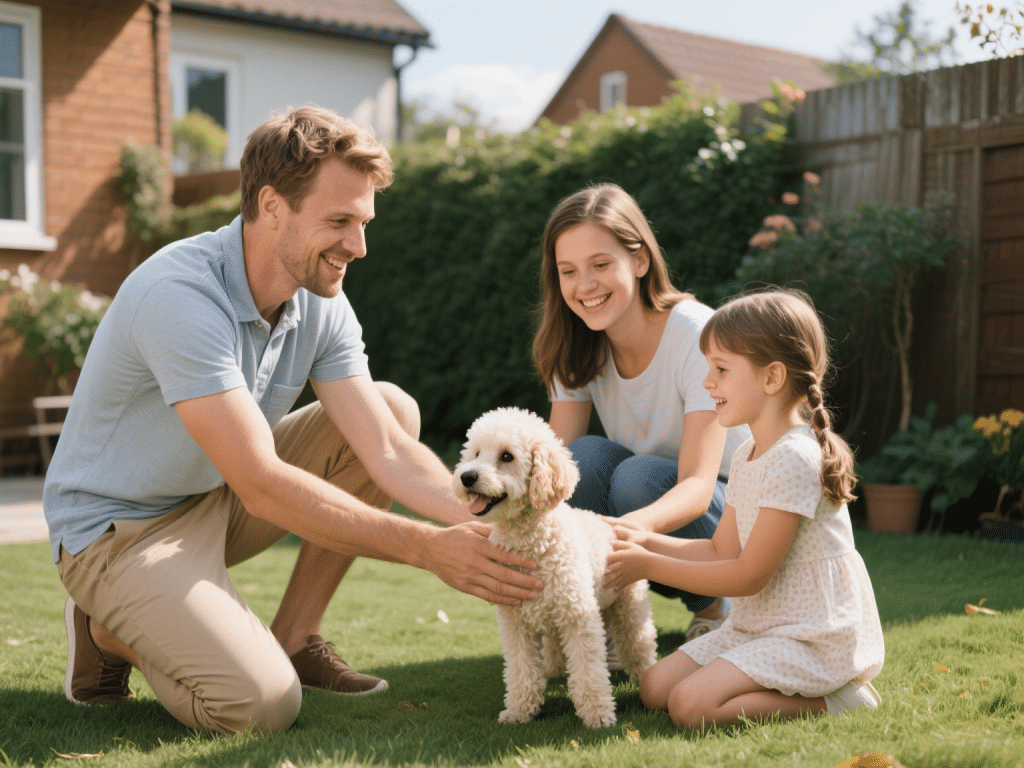
IntroductionFor individuals with allergies, choosing a dog breed that produces fewer aller...
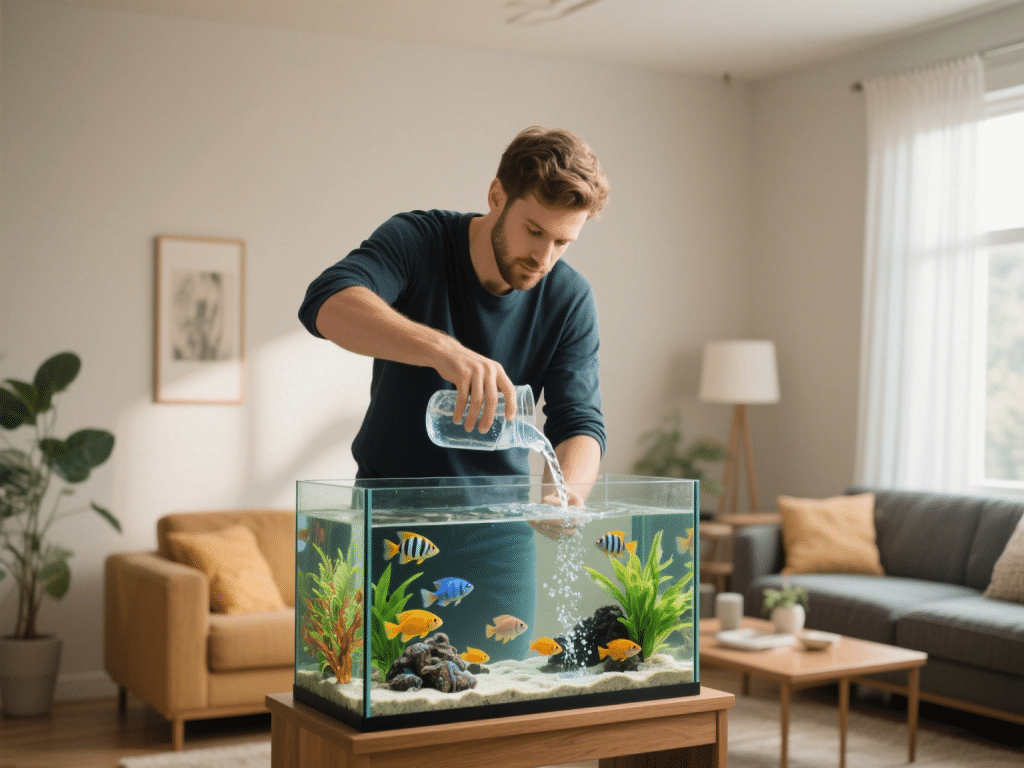
IntroductionProper maintenance is vital for a healthy aquarium. Beginners often underestim...
Comments on "Understanding Canine Separation Anxiety: Creating a Safe Space" :